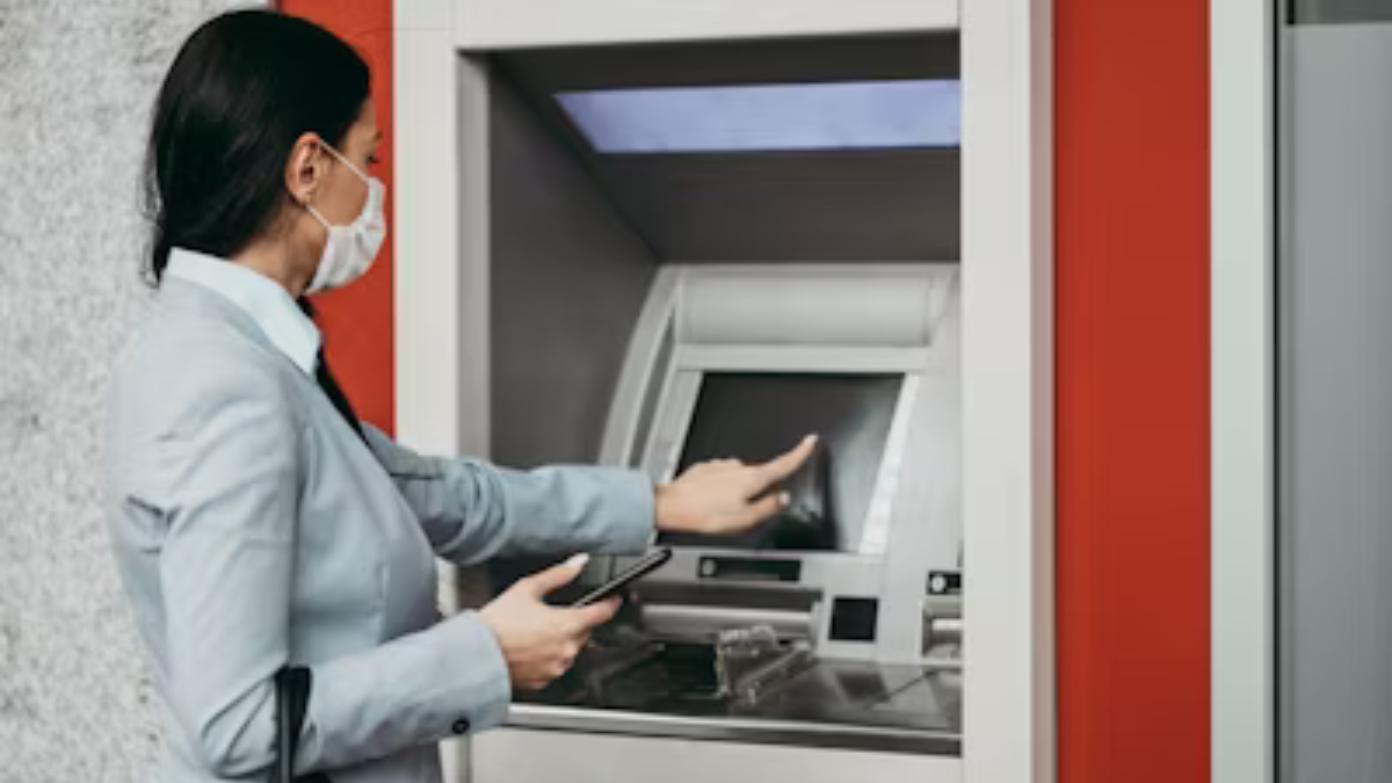Consumers relying on out-of-network ATMs are now facing the steepest charges in decades: Starting in 2025, out-of-network ATM withdrawals will average a total fee of $4.86-the new highest record-as compared to $4.77 last year as detailed here, Bad news for ATM users: fees hit record breaking levels. This is a 1.9 percent increase. This so-called “stealth” fee is being charged by banks and operators of ATMs. It pinches the cash-dependent consumers regarding understanding how to eliminate extra charges.
Fee breakdown: Who’s charging what?
To make up that big $4.86 average fee, the power cost of ATM owners averages $3. to the bank or financial institution owning that particular machine – while the average bank cost applies an average $1.64 that the customer’s own bank charges whenever they use an out-of-network ATM for transactions. These two combined charges have newly set the highest levels since Bankrate started tracking ATM fees, 27 years ago, and recorded three straight years of increases.
Reasons for increasing ATM charges
Several cost pressures are behind the hike of ATM charges by commercial banks or ATM operators. First, the operational and maintenance costs associated with ATMs have become too exorbitant due to the need to power, cool systems, and routinely replace the hardware at all the machines. Second, insurance premiums are also rising in light of heightened crime associated with ATM-related crimes and cybersecurity threats. Such a majority shift of users towards digital payments implies that not many transactions are conducted over the ATM, thus further lowering the possibility of spreading the fixed costs over many transactions.
This has forced operators to pass on the increased expenditure incurred to users on a per-transaction basis. While some charges imposed by banks, such as overdrafts, have been regulated by the government, there are still no federal caps on ATM withdrawal surcharge fees, leaving banks with free rein to increase the marked cost.
How costs vary by location fees associated with ATMs not from their network
Out-of-network ATM fees are dissimilar across U.S. metropolitan areas, depending on competition among local banks, proximity to fee-free networks, and cash-use habits among residents. For example, those in Atlanta incur the highest average of $5.37 per withdrawal; followed closely: Phoenix, at $5.35; and San Diego, at $5.31. By contrast, average fees fall slightly below $4.50 for Boston and Seattle, for example. These regional differences account for local banking infrastructure and consumer options in the fee exposure.
Impact on consumers: Insufficient charges, tremendous burden
Though the fee of $4.86 might appear small on a per-transaction basis, for those consumers who use cash at ATMs, it mounts up to form a rather hefty sum at the end of the year. Take, for example, one out-of-network withdrawal in each month-this individual will be approaching $60 in fees annually, potentially much better directed at the cost of essentials such as food or utilities. Also, it is advantageous to mention that low-income and rural populations are, in general, disproportionately burdened by this impact due to less access to in-network ATMs.
Ways to reduce fees

These are some of the considerations consumers should use when avoiding or minimizing ATM surcharges. The most important of all is using in-network ATMs only: Most banks have a locator tool on the Web and mobile app for finding fee-free machines. Banks with big ATM alliances like Allpoint or MoneyPass provide nationwide access to more surcharge-free access. Smart is to choose a bank that reimburses out-of-network ATM fees-myriads of online banks, like Ally and Capital One, have this feature. Besides that, even going into supermarkets, drug stores, or major retailers to ask for cash back while buying will prevent paying ATMs fees. Finally, one can reduce the frequency of paying these charges by planning the cash needs and making larger one-time cash withdrawals.
Industry response and regulatory outlook
Some banks promote the use of in-network ATMs in an effort to forge alliances with credit unions to ease burdens on consumers with respect to fees. Meanwhile, the Consumer Financial Protection Bureau has started looking into matters of fee transparency and possible caps on ATM surcharges. Any formal legislation may, however, take quite some time in coming due to the opposition from the banking industry, which cites rising costs due to operational requirements and revenue needs.
As consumer payment habits change, records have hit new heights by banks and ATM operators for out-of-network ATM fees. The average price, currently standing at $4.86, makes it evident how much money a consumer needs to be financially vigilant about and educated regarding their options. The consumer can lower the negative impact of rising charges and avoid costly surprises at the machine with encouragement better from understanding fee structures, using network resources, and strategically planning cash withdrawals.
Read more: Florida drivers with major insurer could be in line for refunds under state laws
Read more: Facebook $725 million settlement payments are now going out: how much can you expect?

